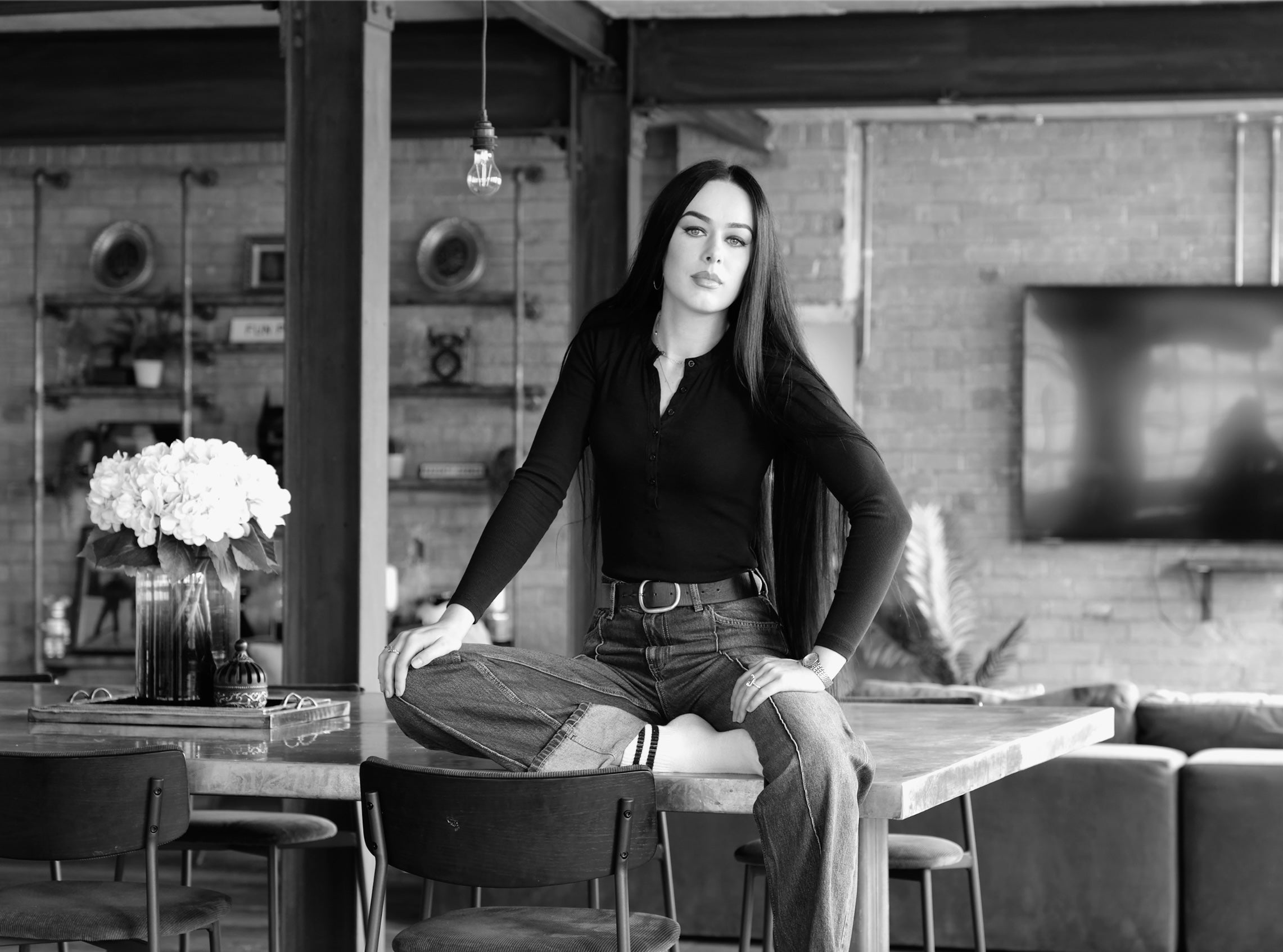In modest fashion, the fabric does more than just cover - it communicates. A silhouette isn't just a shape, it's an opportunity for concepts like architectural draping or sculptural volume. A higher neckline isn't a limitation; it's a canvas for art like embroidery. Length isn't just about coverage; but an invite for movement, fluidity and the interplay of texture. These subtleties of expression are no less powerful than a plunging neckline or an extreme cutout. The foundation of modest dressing lies precisely in its intention - nothing is accidental.
My personal style has never been rooted in faith, yet modesty has always found its way into how I dress. It’s instinctive - a natural extension of my deep adoration for fabric and the endless ways it can be manipulated, draped, layered, and composed. Of course I’d wear more of it - when you love something like I love fabric and clothing, you want to be swathed in it. Layering fascinates me, never for its practicality but for the creative tension it allows. The subtle power of playing with juxtaposition - masculine tailoring layered with feminine silhouettes, sharp lines meeting fluid drapery - this is something of a trademark in many of my outfits. I’m also drawn to the idea of “drenching” - not just in colour, though that holds its own appeal - but in texture, in fabric itself.
Fabric movement is also deeply captivating to me - the way it catches air, how it shifts and billows with the slightest motion. The more fabric you have, the more dramatic the performance. It’s a form of dialogue between body and material, where the fabric responds to movement, amplifying it, making every gesture feel intentional. This fascination with movement is embedded into the 'True Kimesca' gown, where an extended drape unfurls like a scarf caught in the wind, trailing behind the wearer - a movement woven into design, allowing the gown to ripple in response to the body. That dynamic quality is where modesty becomes expressive.






